[Special Topic on Hay Fever]Asthma patients wear medical masks to watch flowers outside and beware of hay fever
[ad_1]
(Hong Kong News) In the spring, flowers are everywhere. Many people plan to fly to Japan, Taiwan and South Korea to enjoy cherry blossoms. In Japan, hay fever is prevalent, and it is also known as the “national disease”. Allergic reactions are commonly caused by the pollen of cedar and cypress trees.
The Tokyo Metropolitan Government predicts that the amount of pollen this spring will be 2.7 times higher than the same period last year.
Should I be careful about hay fever when traveling to the above countries? In a sea of colorful flowers, how to guard against hay fever?
Nasal allergies are common in many countries, but hay fever is less common.
Li Liyan, an otolaryngologist, pointed out that allergic rhinitis is nasal allergy, which can be divided into year-round and seasonal allergies. The former is mainly caused by dust mites, molds, animal hair, insects and other allergens, while the latter is usually caused by pollen, commonly known as “hay fever”.

Allergens stimulate the body’s immune system
Hay fever allergies are caused by an overreaction of the immune system. Li Liyan explained that when the allergen (pollen) stimulates the body to produce immunoglobulin E (IgE) and adheres to the mast cells, the next time the allergen is exposed to the allergen, the mast cells with IgE release histamine and other chemical substances. Substances, causing nasal congestion, sneezing, runny nose, nasal itching and other symptoms, and sometimes allergic conjunctivitis, itchy eyes, watery eyes and so on.
In addition, eosinophils also play an important role in the pathogenesis of hay fever. When the body is exposed to pollen, lymphocytes produce cytokines that stimulate the production of eosinophils, which release chemicals that trigger allergic symptoms.
Hay fever is closely related to factors such as pollen transmission mode, environment, and genetics. Li Weizhan, associate dean of the Faculty of Liberal Arts and Social Sciences and associate professor of the Department of Science and Environment at The Education University of Hong Kong, said that in order for plants to reproduce to the next generation, pollen usually needs to be transmitted from one plant to another, a process called pollination. Some plants can be self-pollinated, and some rely on wind or insects as vectors.
Plants that are pollinated by wind (annemopollinated flowers) generally produce more pollen, and they are small and light, even as small as 2.5 microns, invisible to the naked eye (a hair is about 70 microns in diameter). Anemophilous flowers are usually not bright and scentless, such as pine, birch, melaleuca, maple, etc. The pollen is scattered in the air by the wind, and it is relatively easy to be inhaled into the body, thereby inducing hay fever.
Plants that pollinate with insects (insect-pollinated flowers), such as roses, morning glory, orchids, etc., are mostly brightly colored or fragrant to attract insects. Although insect-borne flowers may cause hay fever, because the pollen grains are generally large, heavy and sticky, it is difficult to disperse in the air, and will not cause large-scale hay fever epidemics.
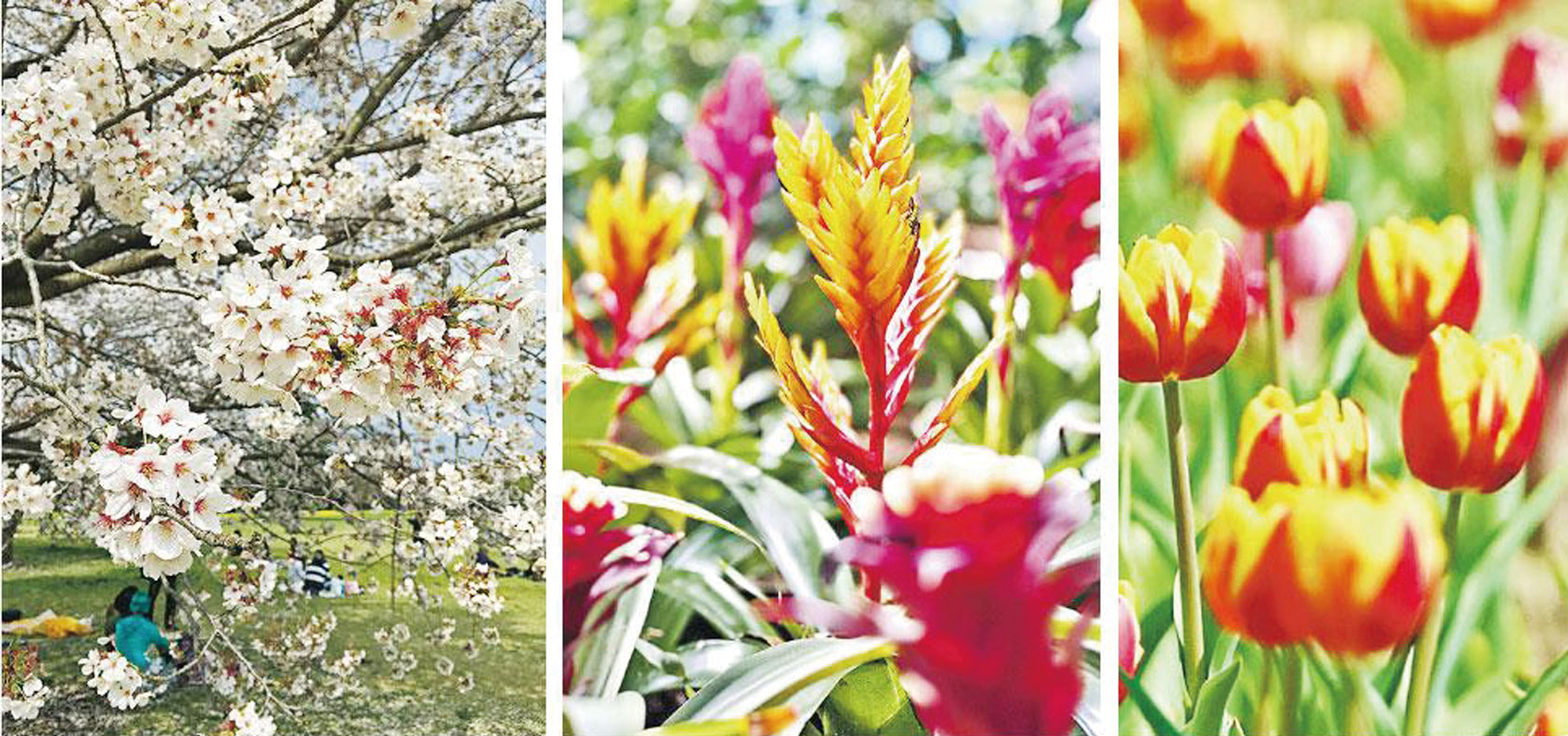
30% chance of inheriting allergies from parents
In Japan, hay fever culprits are mainly cedar and cypress trees.
According to the Tokyo Metropolitan Welfare and Health Bureau, different types of plants spread pollen almost all year round, among which cedar spreads from early February to late April, and cypress from mid-March to mid-May. Will tourists suffer from hay fever when they travel to Japan in spring?
Li Liyan said that not everyone is allergic to pollen. The level of pollen concentration is an external factor that induces hay fever, while genetics is the main internal factor.
Hay fever has a certain genetic predisposition. If one parent has an allergic disease, the child’s allergy probability is about 10%. If both parents have allergies, the child has a 30% chance of developing allergies.
Statistics show that asthma patients are more likely to suffer from allergic rhinitis at the same time. Li Liyan recommends that they go to hay fever-endemic areas or flower exhibitions, wear masks to block pollen, and bring antihistamine drugs, which can help stop scars and control sneezing, For symptoms of runny nose, it takes about 30 minutes to take effect; severe cases may require steroid nasal spray, which usually takes 5 to 7 continuous use to take effect. It is recommended that asthma patients start using it 1 or 2 weeks before departure. If the symptoms of pollen allergy appear, the symptoms will usually be relieved after 1 to 2 days after staying away from the allergen.
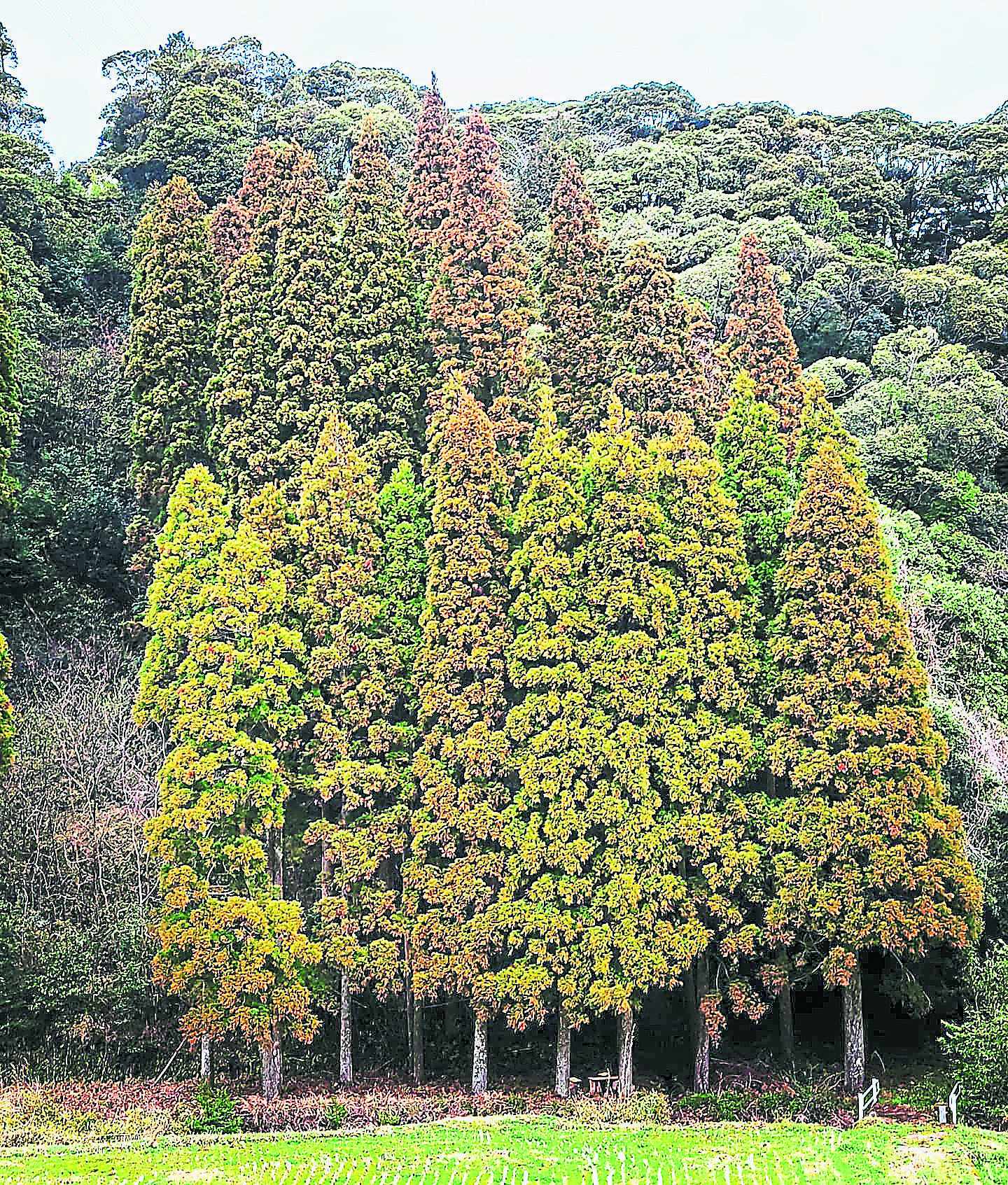
Observe the etiquette of viewing flowers
Li Weizhan added that flower exhibitions usually exhibit colorful insect-borne flowers with large pollen, and you usually have to smell them closely to inhale the pollen. Masks can already reduce the risk of allergies, so citizens don’t have to worry too much about going to flower exhibitions.
In particular, when viewing flowers, beware of pollen and poisonous flowers.
Hydrangea is the theme flower of this year’s flower show. The juice of hydrangea is poisonous. There are cases of allergic dermatitis caused by accidental contact with the juice when pruning hydrangea. There was a restaurant in Japan that mistakenly put hydrangea leaves in the food and caused several people to eat poisoned. People with allergies should avoid direct contact with the juice of hydrangea, and citizens should not crush the hydrangea just to “check in” to prevent the poisonous juice from flowing out.

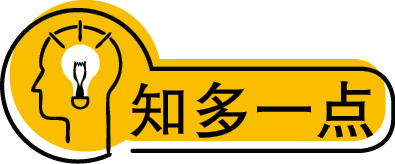
Dust mite exhaust is allergen, air pollution aggravates hay fever
Hay fever, as the name implies, is related to flowers, and is theoretically more common in suburbs with lush flowers and trees? The answer is probably not.
Even living in an urban area is not necessarily immune to hay fever.

Associate Professor Li Wei-chan from the Department of Science and Environmental Studies at EdUHK explained that air pollutants such as dust mites and exhaust gas are allergens, which can irritate the respiratory tract and cause discomfort. Air pollution can also make hay fever worse.
Urbanization increases pollen allergies
A study published this year in the journal Science (PLOS ONE) found that urbanization and air pollution may increase the concentration of allergens in birch tree pollen and affect protein structure, leading to increased protein allergies, which may lead to more frequent attacks of hay fever .
Additionally, traffic pollution can make hay fever worse because vehicles kick up dust that mixes with pollen and becomes airborne, making it easier for people to reach their eyes, nose and throat. When the contaminated pollen re-attaches to the pollutant, it will increase the allergenicity of the pollen.
Frequent exposure to farms leads to fewer allergies
Li Weizhan continued that many studies have found that compared with children in cities, children who live in the suburbs or are often exposed to farms are less likely to suffer from allergies.
A study published in (Clinical & Experimental Allergy) in 2000 pointed out that children on Austrian farms had lower rates of hay fever, asthma, and allergies. Gradually “adapt” to specific antigens, but sudden exposure after growing up may not necessarily acquire immune tolerance.
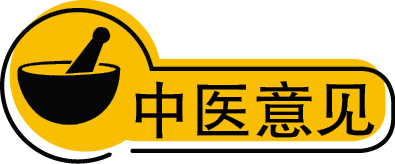
Acupuncture and moxibustion to improve symptoms
There are no terms for “hay fever” or “allergy” in Chinese medicine, but according to clinical manifestations, it can be classified into categories such as rhinitis (similar to allergic rhinitis) and rash (equivalent to wind leprosy, also known as urticaria).
From the perspective of Chinese medicine, the main manifestation of hay fever is itching, such as itchy eyes, nose and skin.
Pan Ziya, a traditional Chinese medicine doctor, pointed out that itching is mostly caused by wind pathogens, and the location of the itching is uncertain, especially when it is windy in spring and dry in autumn, it is easy to cause skin itching. Hay fever is not necessarily itchy skin, some patients may have sneezing, coughing, runny nose, etc.

Most of the patients’ physique belongs to deficiency of lung, spleen and kidney
Traditional Chinese medicine believes that the constitution of hay fever patients is mostly due to deficiency of the lungs, spleen, and kidneys, and the health and appearance are weak (the body’s defense system is insufficient). The function of Qi Xuan and Jiang is malfunctioning.
The lung governs qi and regulates water passages, regulating the movement of qi and water in the whole body; at the same time, the lung opens into the nose and connects the fur outside. If the lung qi is not ventilated, various physiological functions cannot be performed normally, and external evils can easily invade through the mouth, nose, and fur, causing hay fever.
Mulberry Leaf Chrysanthemum Peppermint Tea Clears Heat and Improves Eyesight
To treat hay fever, traditional Chinese medicine focuses on strengthening the body, consolidating the root, and dispelling pathogenic factors. In addition to traditional Chinese medicine, acupuncture and moxibustion are also used for treatment. In addition, pressing the relevant acupoints (see picture) can improve the symptoms of hay fever. Massage with your thumb or index finger with moderate force. Knead and press once a day in the morning and evening, about 2 to 3 minutes each time.
Finally, Pan Ziya introduced “Mulberry leaf chrysanthemum mint tea”, which can help relieve nasal discomfort caused by hay fever. It is recommended to consult a Chinese medicine doctor before drinking.
Mulberry Chrysanthemum Mint Tea
Material:6 grams of mulberry leaves, 9 grams of chrysanthemum flowers, 3 grams of mint, 150 ml of hot water
practice:Soak in water for 10 minutes, then rinse with hot water
effect:Dispelling wind and heat, improving eyesight
Note:Patients with G6PD (commonly known as broad bean disease) should not add mint; pregnant women should take it with caution
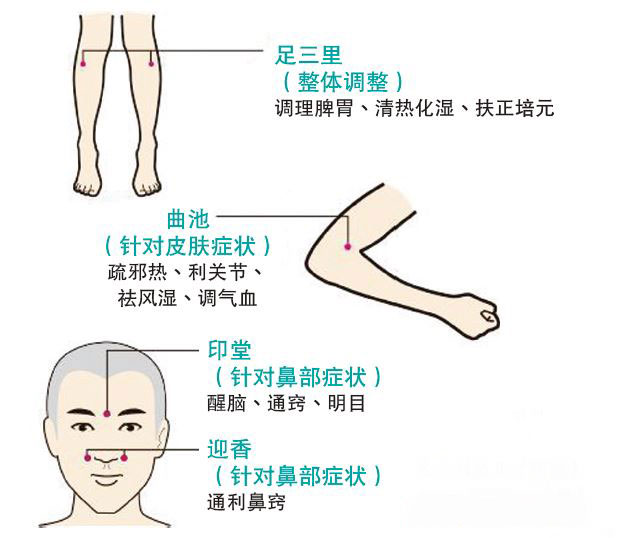
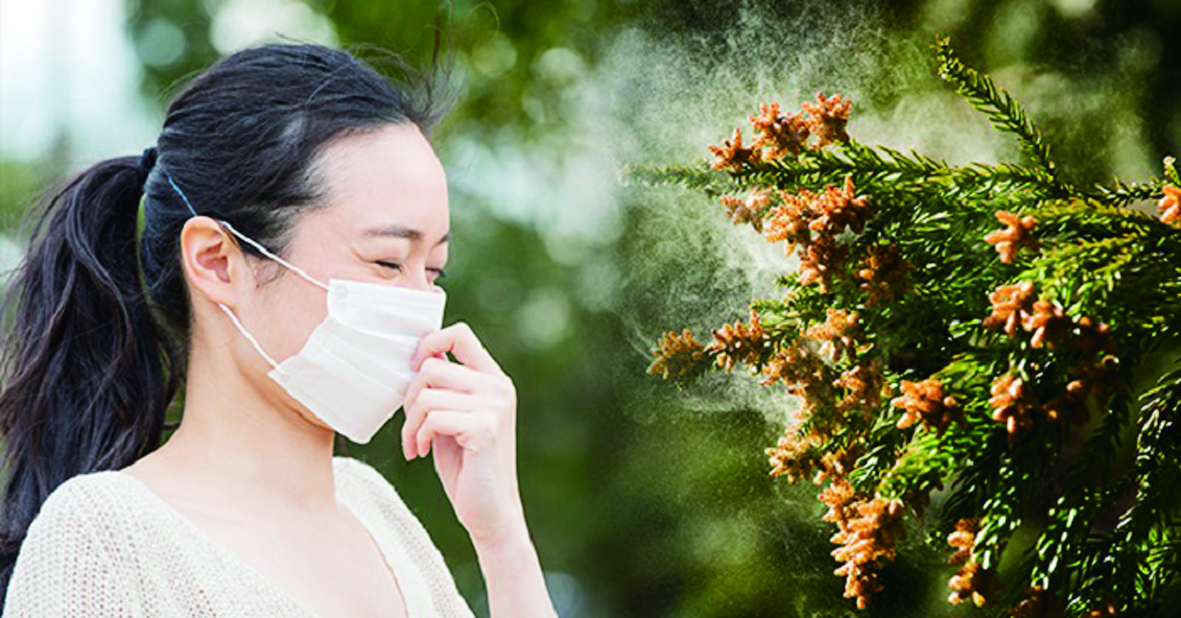
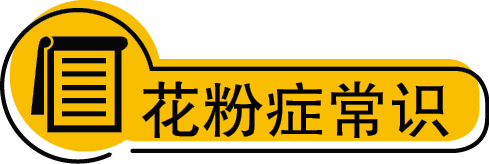
Why is hay fever so severe in Japan?
Hay fever is called “Japanese national disease”. At present, about 38.8% of people in Japan have the symptoms of hay fever.
If you travel, you may not feel much, but you may start to have symptoms after living in Japan for a few years.
Many of my colleagues are like this. One day they suddenly start to have allergies, and then every year when the pollen season comes, it will be very painful.
It is the 5th year of living in Japan, and it seems that I also started to have hay fever this year.
I personally feel that this is cumulative. After the body is stimulated to a limit, it begins to produce allergic reactions.
Therefore, it is recommended that if you come to Japan and encounter hay fever season, even if you do not have symptoms of hay fever, you should try to wear a mask to reduce your body’s contact with these air pollution pollen, because hay fever may be irreversible.
Mass plantation of artificial forests
What flower is made in Japan?
Mainly “cedar trees” because Japan has a large number of artificial forests!
A large number of artificial cedar trees are planted in Japan for wood and papermaking.
If you see Japanese cedar trees, large areas of cedar trees will become “red” in spring, that means the cedar trees are blooming!
This is one of the reasons why some countries have a lot of trees and natural environment, but there is no hay fever epidemic.
hay fever symptoms
◆Allergies every year after one hit, so be careful not to let yourself win the bid.
◆The eyes are super itchy, want to rub, want to cry.
◆Runny nose all the time.
◆The face is itchy and the skin tingles.
Especially prone days and occasions
◆Spring:All kinds of plants or trees actually have pollen, and plants bloom in different seasons, so it can be regarded as having pollen throughout the year. But the flowering season of fir is spring, so pollen allergies in spring will be particularly serious.
◆Days with high temperature:The spring flowers are blooming and the powder is floating!
◆On a windy day:During hay fever season, windy days can be especially severe, blowing pollen everywhere.
◆City:The city will be more serious than the countryside, because the combination of car exhaust and pollen is more likely to cause the body to produce an allergic reaction of rejection. This is why there are so many fir trees in the countryside, and the symptoms of hay fever are not as serious as “Tokyo”. Tokyo may indeed be the area with the most severe hay fever, so I don’t like Tokyo very much.

The city is worse than the countryside
When is pollen season?
There are actually 60 types of plant pollen that can cause hay fever in Japan, and there is a possibility that plants will shed pollen throughout the year.
However, the main plants that cause a lot of pollen are cedar trees (スギ) and cypress trees (ヒノキ).
February to April is the season when cedar tree pollen is severe.
Hay fever in Tokyo is worse than in Hokkaido?
Kanto has plant pollen floating almost all year round, and different plants take turns pollinating, which is a dangerous area that is prone to hay fever.
In addition, the winter in Hokkaido is longer, the pollen season is shorter, and the hay fever is milder, so the air will indeed be better.
Okinawa is also an area with less hay fever.
The nature of urban and rural areas is different
Because there is air pollution such as car exhaust in the city, the tiny pollen entering our body will accelerate the stimulation of immune cells and lead to allergic reactions.
In other words, the nature of pollen in urban and rural areas is different.
Text Shrimp
[ad_2]
Source link

![[Love Wants Sexual Happiness Series 358]Find the culprit and overcome psychogenic erectile dysfunction. Don’t let pressure affect your sexual happiness.](https://chinathenews.com/wp-content/uploads/2024/04/171111-780x420.jpg)

![[Wanqingyi Care]My health, my rights, customized medical methods in the last stage of life](https://chinathenews.com/wp-content/uploads/2024/04/ZZ1-100-780x420.jpg)
![[Kidney Transplantation Special Topic]The survival rate of transplanted kidneys is high without dialysis treatment three times a week](https://chinathenews.com/wp-content/uploads/2024/04/1311-780x420.jpg)



